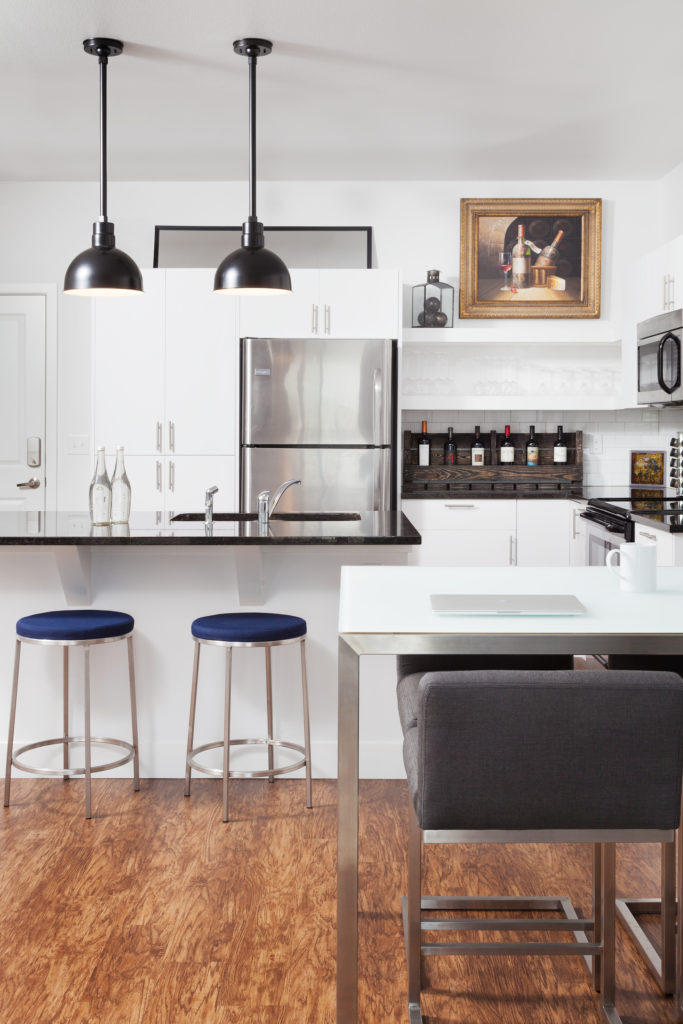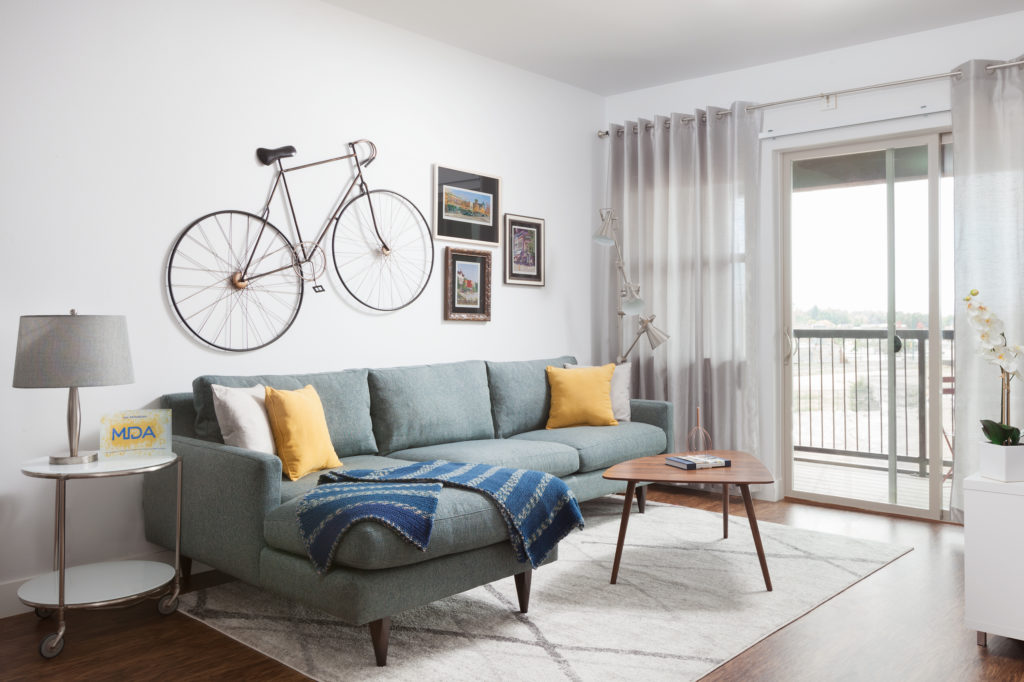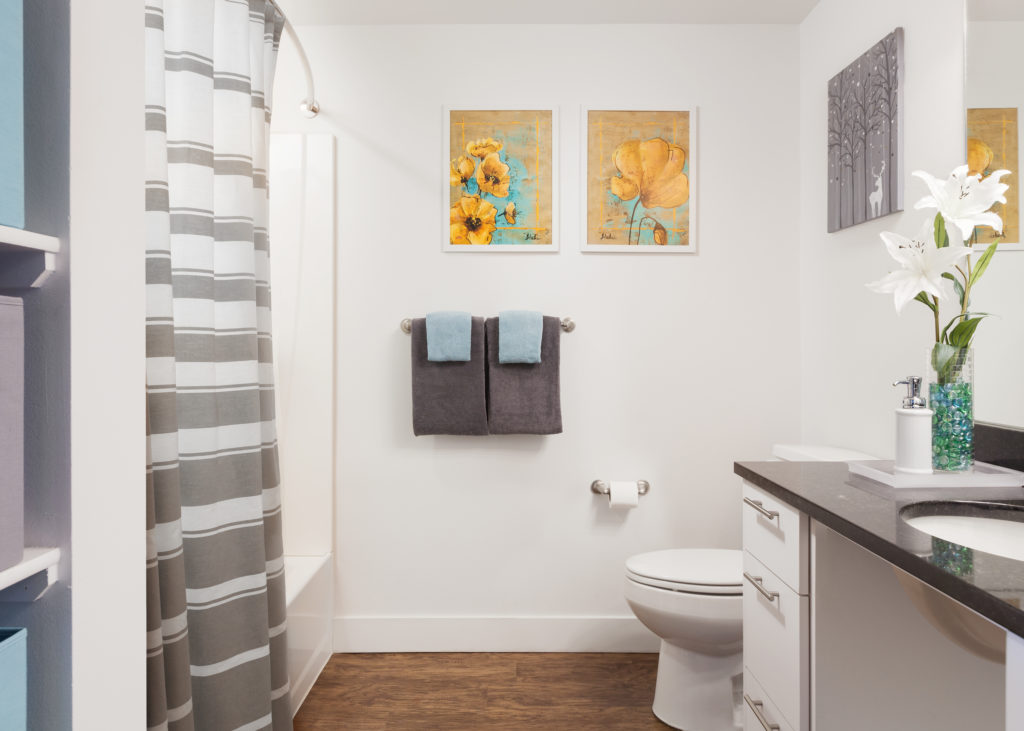 When my last roommate moved out, I decided I wanted to live alone. Having experienced what it is like to live in an apartment and a house, I knew I wanted to go back to apartment life. Sure, this lifestyle has its challenges – like possibilities of broken elevators – but it also has its perks. For instance, living in a four-story building means I don’t have to find anyone to shovel my driveway or put the trash out on the curb.
When my last roommate moved out, I decided I wanted to live alone. Having experienced what it is like to live in an apartment and a house, I knew I wanted to go back to apartment life. Sure, this lifestyle has its challenges – like possibilities of broken elevators – but it also has its perks. For instance, living in a four-story building means I don’t have to find anyone to shovel my driveway or put the trash out on the curb.
Based off of my last moving experience, I’ve developed my own list of tips and tricks to help others with physical limitations make their moves successful and their homes an expression of who they are.
1. Think Outside the ADA Box
Many people with disabilities know that most rental properties are not up to ADA standards. Thus, it’s important to expand your search to regular units that might, with a little creativity and elbow grease, work well enough for most of your needs. The biggest challenge I face is having enough room to move my wheelchair around, so I searched for apartments that had relatively open floor plans and found one in a great location. The bathroom was the biggest challenge, but after discussing with the landlord and making a few small modifications I made it work. For example, I removed the doors to the cabinet below the sink so I could drive my chair under with ease and hired someone reinstall the bathroom door so it opened out instead of in so I have more room to do donuts.
2. Stay Organized
I know this seems like a no-brainer but, for someone like me who needs a lot of help to pack and unpack, I believe staying organized is crucial. It’s tough to sift through boxes and rearrange items when you can’t do it yourself. It gets expensive to pay for help and everyone gets frustrated, especially you. The first time I moved was chaos. I called in a couple friends and caregivers to be my muscle, and we decided to “pack” everything into trash bags. You can imagine how many things got misplaced, never to be found.
3. Supervise Everything
Just because you might not be the person doing the grunt work doesn’t mean you can’t be involved in every aspect of your move. This go-around I decided to take a more “hands-on” approach. Instead of asking someone to unpack a box and telling them where things go, I would sit right next to them, overseeing the whole process. As a result, fewer things were misplaced and almost nothing was broken! As the saying goes; “if you want something done right, do it yourself.”
Because I have to have someone help me move, which costs extra money, I have found it more practical to unpack things one step at a time. For instance, I have each of my caregivers unpack a little bit each shift. Most of my unpacking happened gradually. This allowed me to avoid paying a lot of overtime to my employees. Yes, this approach means that it felt as if my move took forever. However, saving money — rather than time — was my goal.
5. Find Furniture that Fits Your Style
I’ve always said my wheelchair is a part of my identity but it’s not who I am. I love modern-contemporary design, but in the past I had a lot of trouble finding furniture that was easy for me to use. Most dining tables and desks are, in general, too low for me to drive under and position myself to eat or work. I started researching what companies make custom furniture and it didn’t take long for me to discover Room & Board. I was pleased to see that not only do they have custom table options, but also I absolutely loved the look of their furniture. Now I have a desk and dining table I can use independently or while enjoying the company of friends.
5. Make the Space Your Own
My next mission was to find storage for all of my medical equipment since I don’t like it being in the open. I found some great nightstands and dressers that had deep drawers to fit my breathing machine, wheelchair charger, and other miscellaneous pieces. Going off of that, I  also wanted a “big boy” bed. My whole life I’ve slept on a twin-size hospital bed but found it to be a misaligned with my adulthood. Unfortunately, my health insurance, like most, refuses to purchase larger hospital beds for people who are not obese. That’s why I looked into memory foam mattresses with adjustable bases big enough for me to get lost in. That’s exactly what I got and I love it. Now when you walk into my room, you see a bedroom – not a hospital room.
also wanted a “big boy” bed. My whole life I’ve slept on a twin-size hospital bed but found it to be a misaligned with my adulthood. Unfortunately, my health insurance, like most, refuses to purchase larger hospital beds for people who are not obese. That’s why I looked into memory foam mattresses with adjustable bases big enough for me to get lost in. That’s exactly what I got and I love it. Now when you walk into my room, you see a bedroom – not a hospital room.
I don’t think anyone really enjoys moving. Sometimes it’s exciting to take a chance on a new city or find a start fresh start, but the process of getting there isn’t one most would say they can’t wait to do again.
I hope my tips give you a chance to stress less and turn your next house into a home. That’s a goal we can all agree on.
Additionally I’d like to thank Room & Board for giving me a beautiful dining set and bar stools to complete my look and Tempur-Pedic for giving me an extremely comfortable king-size bed and adjustable base to help me sleep and feel like the independent adult I am.
Check out additional young adult resources here:

